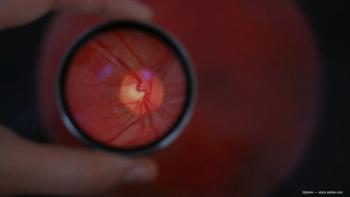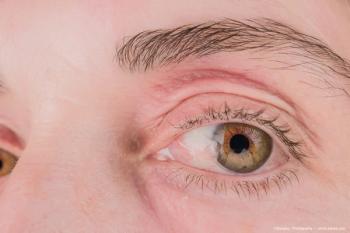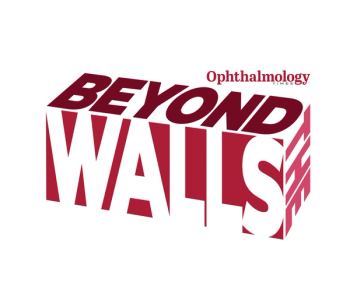
Conference Coverage
about 5 hours ago
Reflections from the floor: AAO memories that shaped careersabout 1 month ago
AAO 2025: The rise of presbyopia researchabout 1 month ago
AAO 2025: The value of RGB imaging in OCTabout 1 month ago
AAO 2025: Innovations in surgical visualization and imagingLatest News

Reflections from the floor: AAO memories that shaped careers

Refractory dry eye care: How systemic conditions change the game

The year in optometry: 10 stories that defined eye care in 2025

Surgeon reflection: What patient case stayed with you in 2025?

Molecular insights and clinical experience: Extending anti-VEGF durability

Shorts
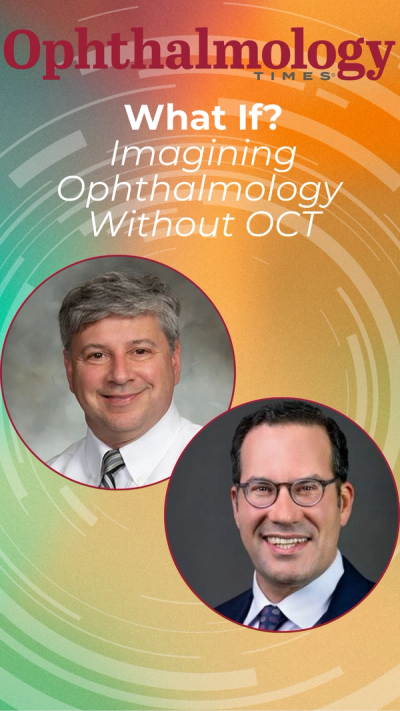


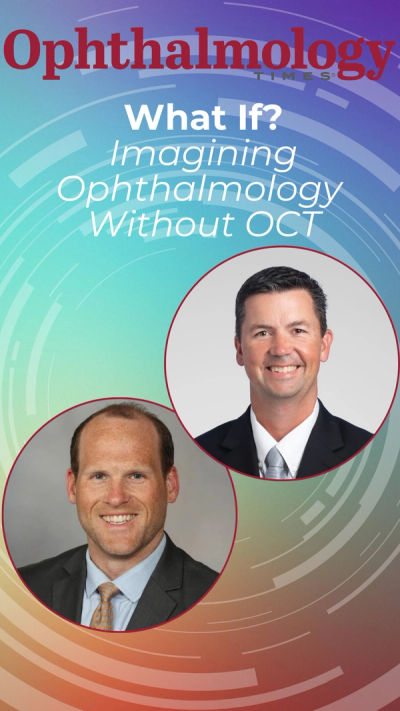

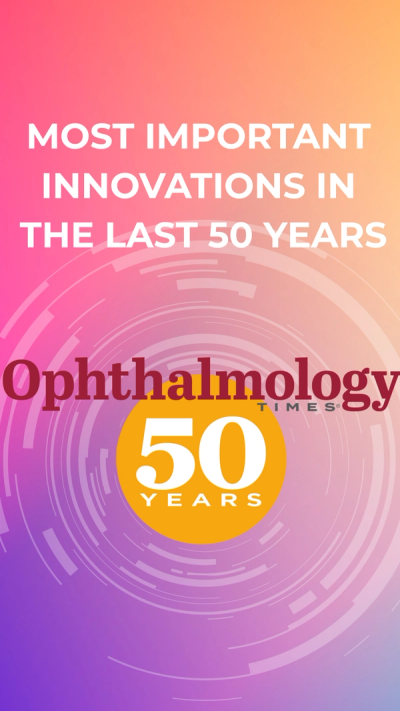
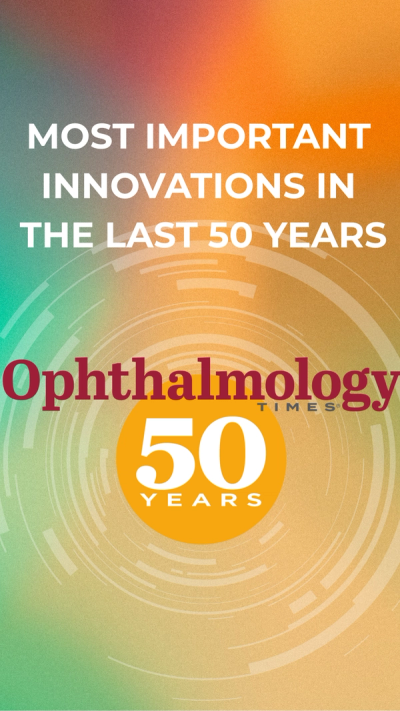
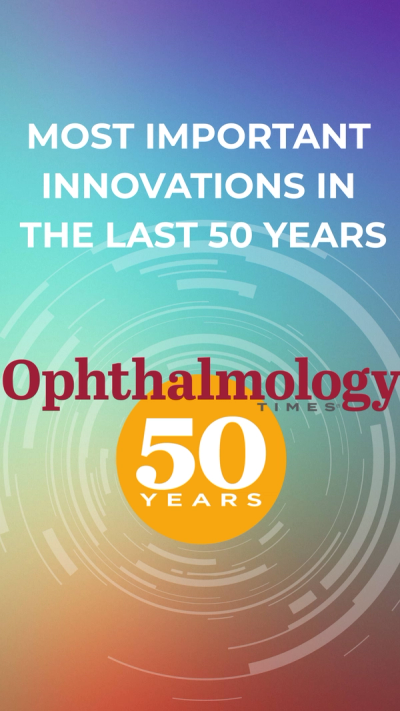
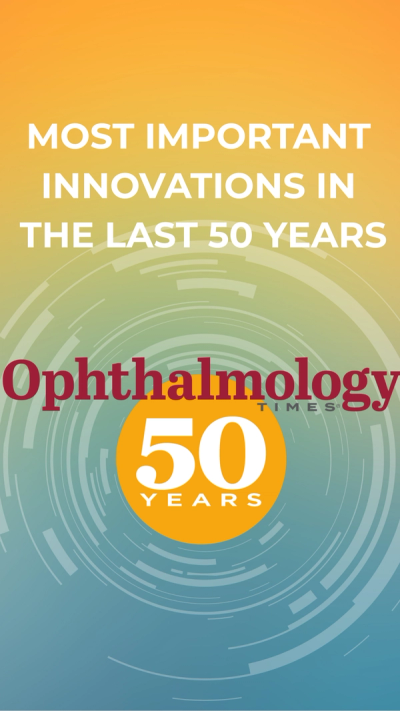
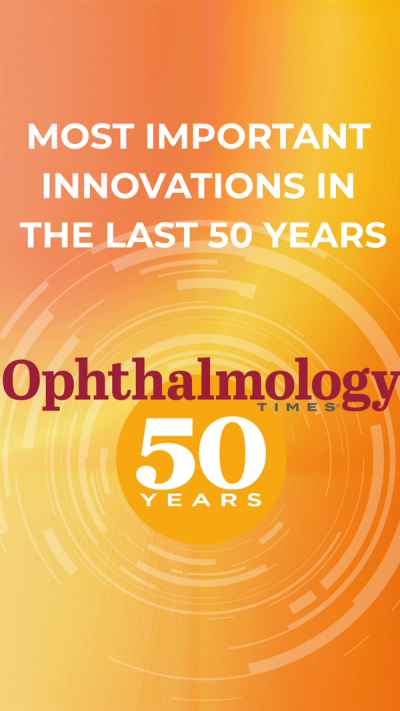
Ophthalmology Times Digital Edition

Podcasts
Continuing Medical Education
All News

From artificial intelligence to home monitoring, Joel Schuman, MD, of Wills Eye Hospital, explores the innovations that could change how clinicians detect and treat glaucoma in the new year.

As artificial intelligence tools become more common in research, students must navigate issues including plagiarism, data consent, and equitable application.


Panel examines drug mechanisms, patient factors, and strategies to optimize results.

A trio of retina specialists recently reviewed the clinical benefits of aflibercept 8 mg, including its extended dosing intervals, improved patient satisfaction, and enhanced treatment outcomes for various conditions.


Alternative management may avoid current concerns found with antibiotics.




NCX 470 is Nicox’s lead dual-mechanism bimatoprost eye drop for lowering IOP in open-angle glaucoma or ocular hypertension.
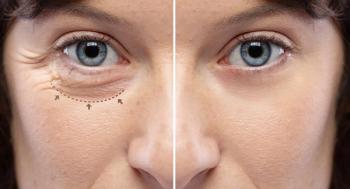
Insights for diagnosing and managing these visible changes across specialties.


Aldeyra met with the FDA on December 12, 2025, in which the FDA requested the company submit the CSR from the reproxalap dry eye disease field trial to the NDA.






